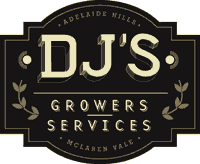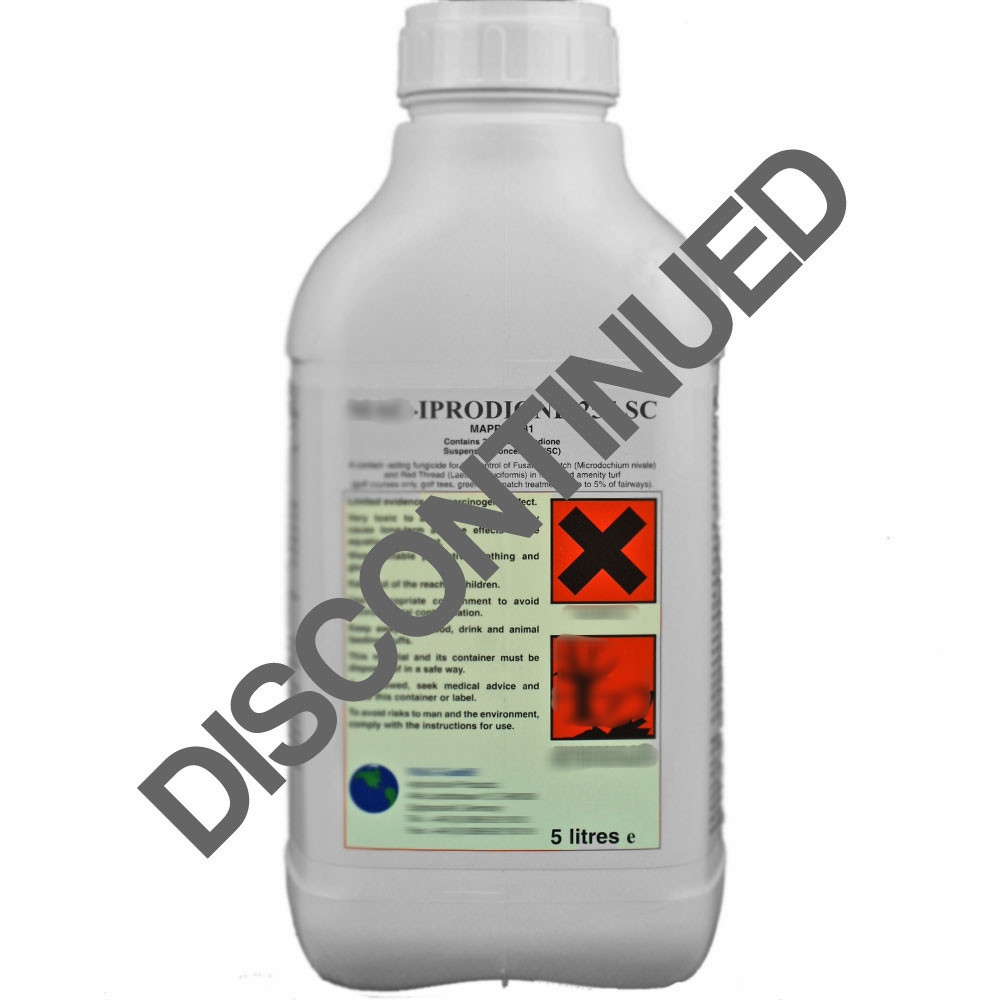Our vineyards represent a substantial investment of time, effort, and resources. However, we are now at a point where the costs of producing grapes is now dropping below the grapes value. There are instances where vineyard owners need to suspend operations, particularly on key red grape varieties Cabernet Sauvignon and Shiraz, until market conditions improve. The current grape over supply may only be a temporary phase. Value could return if exports of wine increase demand for grapes.
Should you mothball your vineyard? What about a vineyard renovation?
For this article we are going to argue that, as you are going to have costs for your vineyard if you mothball, you could invest those costs into renovation of your cordon wood.
You can’t turn off the lights, and lock the doors…
Firstly lets look at the Mothballing option. Mothballing a vineyard involves preserving its assets during a period of dormancy, ensuring the ability to resume operations when the time is right. This has generally taken the form of swapping to machine “barrel” pruning and then doing basic maintenance. The basic maintenance has a cost.
Come up with a plan and a budget: Mothballing isn’t abandoning a vineyard. You’ll need a maintenance plan tailored to run during the mothballing period that considers the absolute minimum that has to be performed to maintain your asset.
Even during periods of inactivity, it is essential to maintain the vineyard to preserve its long-term viability. A vineyard is not like a factory. Vines cannot be turned off. Some key maintenance activities will need to be performed. You’ll need basic pruning, weed control, irrigation management, and disease control.
Pruning: You will have to mechanically prune your vineyard, but this has the disadvantage of requiring time-consuming and expensive reworking to bring back into production. Once you change from hand-pruning to machine pruning you can’t easily change back.
Machine pruning after one season creates a build up of poor quality spur wood making it difficult to return to hand two bud spurs.
Irrigation & fertiliser application: Irrigation is needed. Without extra water, the health of your vines suffers, and your irrigation system and schedule need to be maintained. There is a technique available to make vines drop fruit, spraying with ethephon, which will reduce the vines demand for water.
Fertiliser can be somewhat skipped. Vines are generally efficient with nutrient uptake, and going a season or two without supplementary feeding is an acceptable practice.
Weed and Disease Control can’t be skipped: You are going to need to undertake some basic weed control (for fire risk and to limit competition with your vines) and disease control, believe me, you do not want to let Powdery Mildew levels build up in your vineyard, even for a single season. There are techniques to limit the amount of Powdery Mildew that builds up using only a minimum of fungicidal sprays. Agronomic advice can help with this.
Downy Mildew and Botrytis levels building up are less of a concern. The next growing season, 2023/24, is forecast to have an El Nino weather pattern which generally reduces disease pressure for Downy Mildew and Botrytis.
Budget for your plan: You'll need to develop a budget that accounts for ongoing expenses, such as property taxes, insurance premiums, and the necessary maintenance costs. Ensure that the allocated funds sustain the vineyard during the dormant period.
If you are going to Mothball; why not renovate instead?
Consider taking this time to cut back to the crown and rework your vines. This maybe the ideal time to undertake remedial surgery for Eutypa lata (dead arm) removal. This process takes two seasons, with the vines having 3/4 of a normal crop in the second year. If you re-worked your vineyard now, then they would skip Vintage 2024 and have some fruit for Vintage 2025, before “normal” crop levels in Vintage 2026. This timeline, speculating with a best guess, would fit the demand for wine if exports resume into the Chinese market during the next year or so.
Once you have cut and removed the cordon you are up for similar costs as with a mothballed vineyard. The basic disease control, irrigation and weed control continue.
Wild card ideas?
Alternative Revenue Generation? Is there anything viable you can use the land for? Explore opportunities to generate revenue during the mothballing period, such as leasing the vineyard to grasiers, hosting events or tours, or selling unneeded equipment and inventory to generate income.
Research Programs? Research subsidies may be available for vineyards to be used as trial sites. These programs can provide financial relief and support during challenging times.
Think short-term / act long-term: While mothballing or renovating a vineyard involves a temporary suspension of selling grapes, it is essential to maintain a long-term perspective. Consider developing a strategic plan outlining the steps required to reactivate the vineyard. This plan should include timelines, investment requirements, and marketing strategies to re-establish the vineyard's presence in the market.
Communication and Networking: Maintaining open lines of communication with industry professionals, including local winemakers, grape buyers, and industry associations, is vital during the mothballing period. Networking with peers and staying connected to industry trends will help ensure a smooth transition back into full operation.
Mothballing a vineyard can be prudent in certain circumstances, allowing vineyard owners to protect their assets during challenging times. By implementing a well-structured maintenance plan, managing finances effectively, ensuring security, and maintaining industry connections, vineyard owners can preserve their investments and position themselves for future success. While the mothballing period may present its challenges, careful planning and implementation can pave the way for a successful re-emergence.



